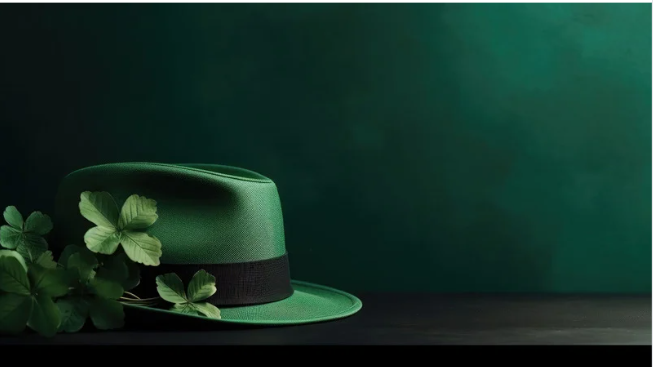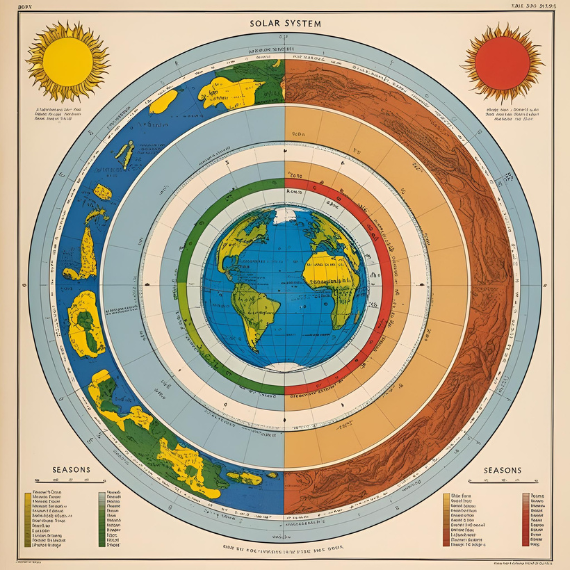St. Patrick’s Day is a historic Irish holiday that has traditionally taken place annually on March 17th. This year, it will occur on Sunday, March 17th, 2024. The celebration commemorates the death of St. Patrick in the fifth century. The day is adorned with green shamrocks, parades, music, and dancing, but it is important to recognize where these traditions originated.
The Holiday’s Origins and Saint Patrick:
Saint Patrick’s Day has historically fallen during the Christian season of Lent; however, the restriction against eating meat would be temporarily waived in celebration of the holiday with the traditional Irish bacon and cabbage. The day’s roots lie in the patron saint of Ireland, Saint Patrick, who came to Ireland enslaved before escaping and reportedly bringing Christianity to the nation. A long-standing Irish legend is that Saint Patrick explained the holy trinity using the leaves of a clover. Now, the holiday is held in remembrance of the saint’s death, which was rumored to have occurred on March 17th, 461.
How the Holiday Evolved:
Although the holiday has been around since the ninth or tenth century, the first St. Patrick’s Day Parade did not occur until March 17th, 1601. It was largely a result of the Irish vicar of a Spanish colony in what is now St. Augustine, Florida. In 1772, Irish soldiers of the English military marched in New York City to honor the saint. This grew to frequently encompass New York City and Boston. After a wave of Irish immigrants, many Irish Aid societies were started in New York, which all eventually joined together to host one grand New York City St. Patrick’s Day Parade. This event has become one of the largest in the nation, with over 150,000 participants annually. Eventually, other cities like Boston, Savannah, Chicago, and Philadelphia, joined in as well.
The Influence of the Leprechaun + Other Traditions:
The Leprechaun is a figure of old Irish folklore that stems from stories of fairies who use their magic for good or evil. Originally “lobaircin,” Leprechauns were cranky beings responsible for mending the shoes of other fairies. However, they are also most noted for trickery and their possessive nature over their rumored treasure. Considering that the holiday celebrates Irish history, it is no surprise that the Leprechaun worked its way into St. Patrick’s Day. Some other traditions include:
- Beef and Cabbage
- Shamrocks
- Tap/Step Dancing
- Pinching people who aren’t wearing green.
- Parades
- “Kiss me, I’m Irish”
- Soda Bread
Regardless of how each individual celebrates St. Patrick’s Day and which traditions they find to be a habit, the holiday will forever exist as a representation of Irish pride and green-laced cheer.










